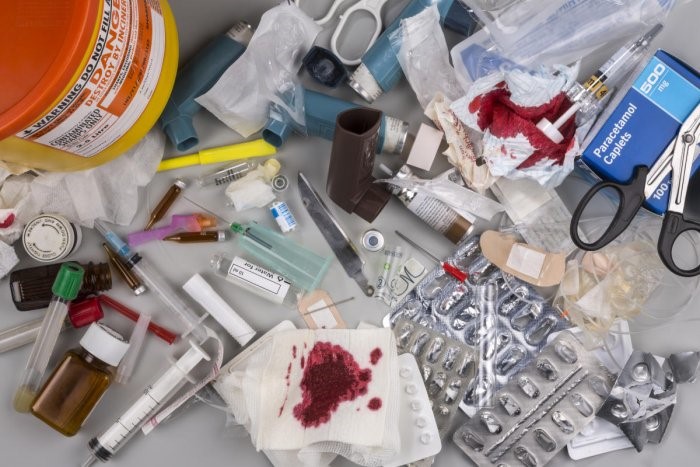The Difference Between Hazardous Medical Waste and General Healthcare Waste
6/27/2022

For health professionals, it’s especially critical to be aware of the distinction between biohazardous and medical waste. These two will have different disposal methods, with one requiring more precaution. Know how to identify how the two would vary from each other.Hazardous Medical WasteExtra caution is needed when handling these kinds of waste because it has a high risk of contamination. Biohazardous objects could be a specimen, bodily fluids, or infectious agents that could potentially harm you if not disposed of properly. Storing these in a proper container with the correct label is necessary to avoid possible health concerns. Moreover, sharp objects such as needles and blades also count as hazardous waste since these materials are normally exposed to bodily fluids. Medical WasteAlthough safety precautions will still be needed, general medical waste wouldn’t pose any potential contamination. These would be the materials that have been used in the clinical settings like bandages, empty containers, and sometimes dried blood. The equipment that has been decontaminated will also be considered medical waste like those that have undergone autoclave. Syringes with no needles also fall into this category. Otherwise, there will be a possibility of contamination after disposal.Given that biohazardous and general medical waste can have similar forms, they will be identifiable through their labels. The latter won’t contain contaminated culture and isn’t considered dangerous. On the other hand, biomedical waste would include poisonous substances and sometimes even flammable waste.
